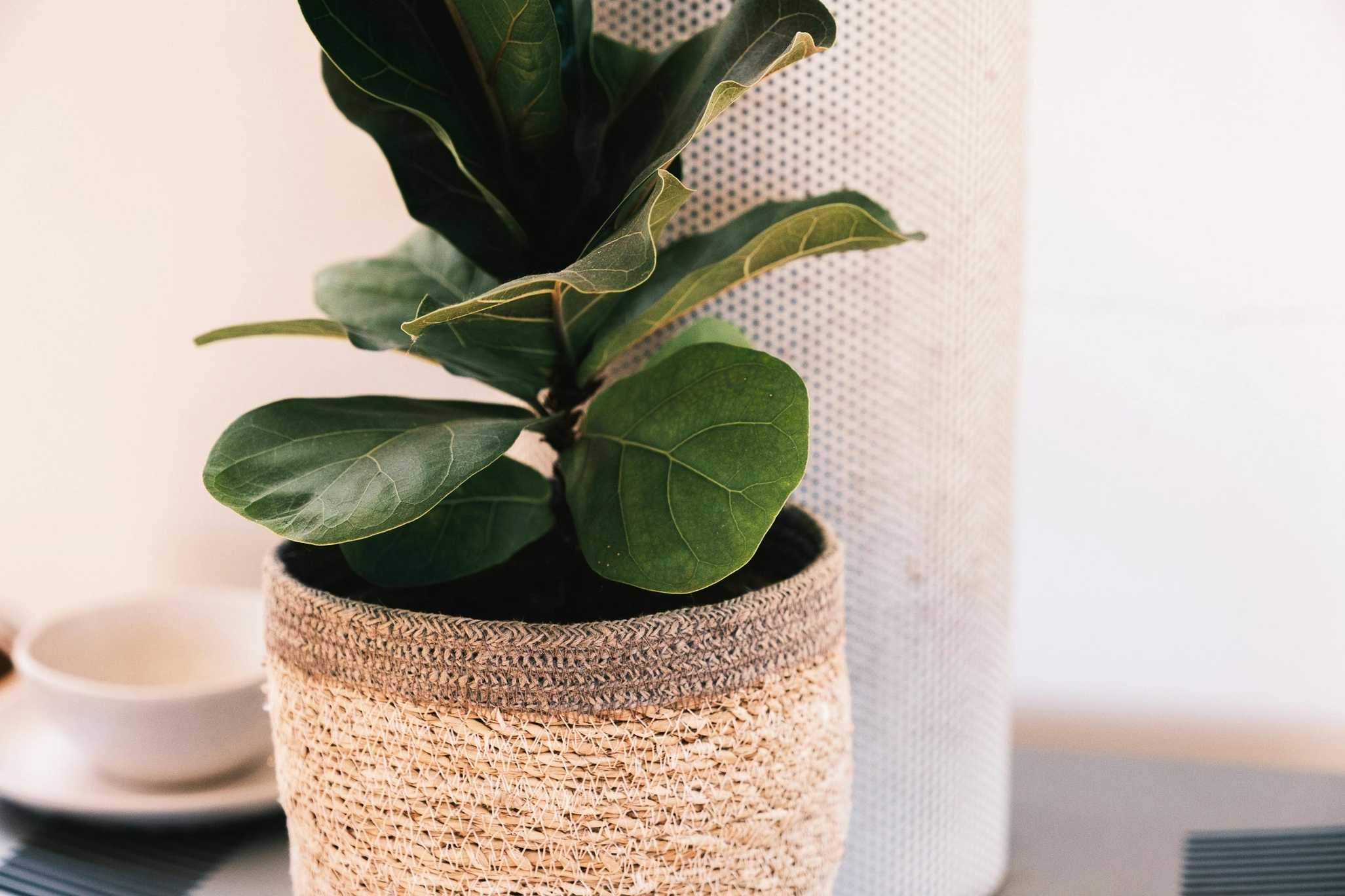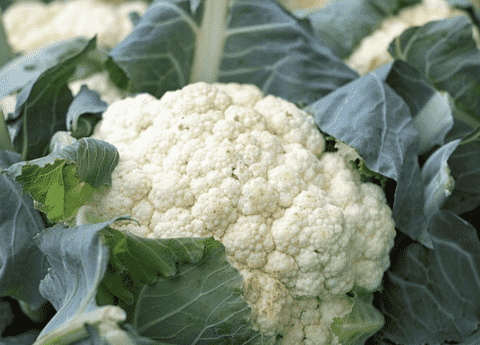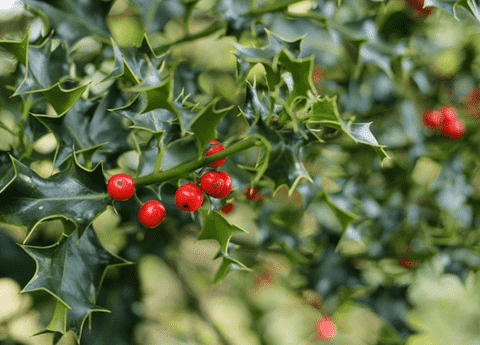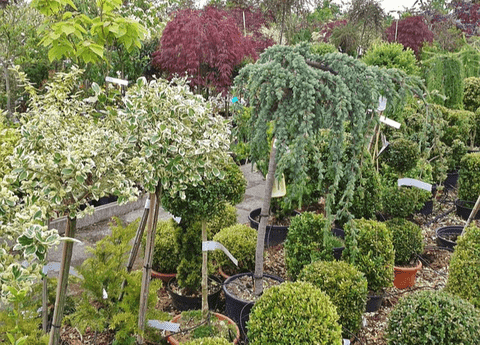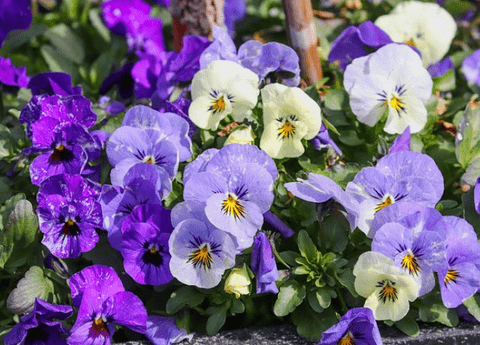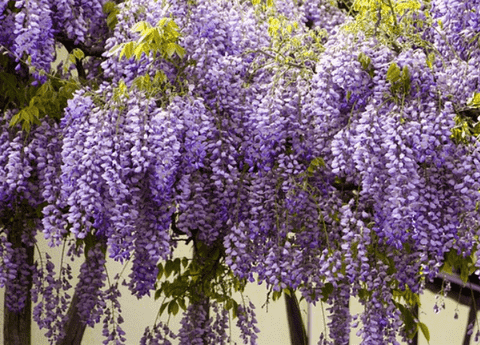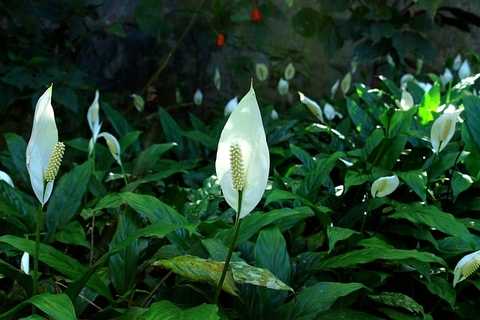How to Grow Fiddle Leaf Fig: Expert Tips for Indoor Plant Enthusiasts
Table of Contents
The fiddle leaf fig, with its large, lush leaves and striking presence, has become a beloved staple among indoor plant enthusiasts and interior decorators alike. Known for its aesthetic appeal and ability to transform any living space, mastering fiddle leaf fig care is essential for ensuring this houseplant thrives. In this guide, we will delve into expert tips on how to grow fiddle leaf figs successfully, addressing key aspects such as proper watering, optimal light conditions, and overall indoor plant care. Whether you’re a seasoned home gardener or a novice plant lover, these insights will help you foster healthy houseplant growth and enjoy the beauty of your fiddle leaf fig for years to come.
Choosing the Right Location
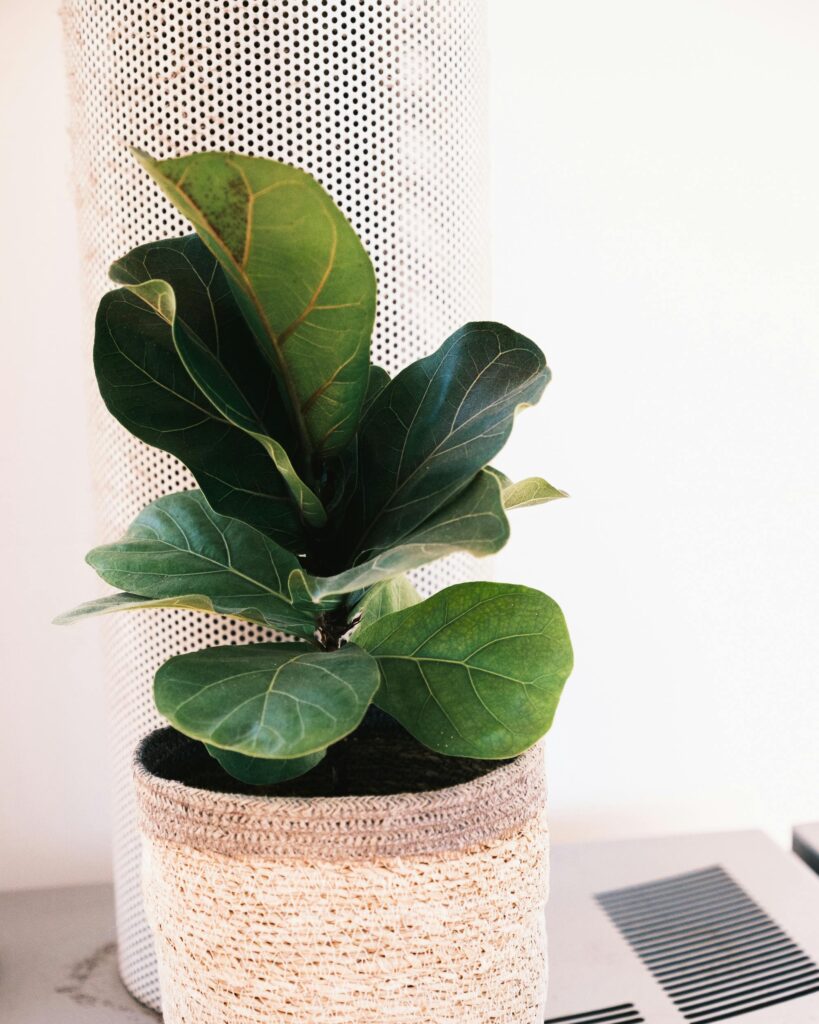
Ideal Light Conditions
Fiddle leaf figs thrive in bright, indirect light. They prefer a spot near a window where they can receive plenty of natural light without being exposed to harsh, direct sunlight, which can scorch their leaves. Ideally, place your fiddle leaf fig in a room with large windows that face east, west, or south. If natural light is insufficient, consider supplementing with a grow light to provide the necessary illumination. Consistent lighting is crucial for maintaining healthy, lush foliage and promoting robust houseplant growth. Regularly rotating the plant can also help ensure even light distribution, preventing one-sided growth. By paying attention to these light conditions, you can significantly improve your fiddle leaf fig care routine and foster a thriving indoor plant.
Temperature and Humidity
Fiddle leaf figs are native to tropical regions and thus prefer warm, humid environments. The ideal temperature range for these plants is between 60°F and 75°F (15°C to 24°C). They can tolerate slight fluctuations but should be kept away from cold drafts, air conditioners, and heaters, which can stress the plant. In terms of humidity, fiddle leaf figs thrive in environments with humidity levels between 40% and 60%. If your indoor air is particularly dry, especially during winter months, consider using a humidifier or placing a tray of water near the plant to maintain adequate moisture levels. Grouping plants together can also naturally increase the humidity around them. By ensuring that your fiddle leaf fig is in a location with stable temperature and humidity, you can create an optimal environment for its growth and overall indoor plant care.
Space Requirements
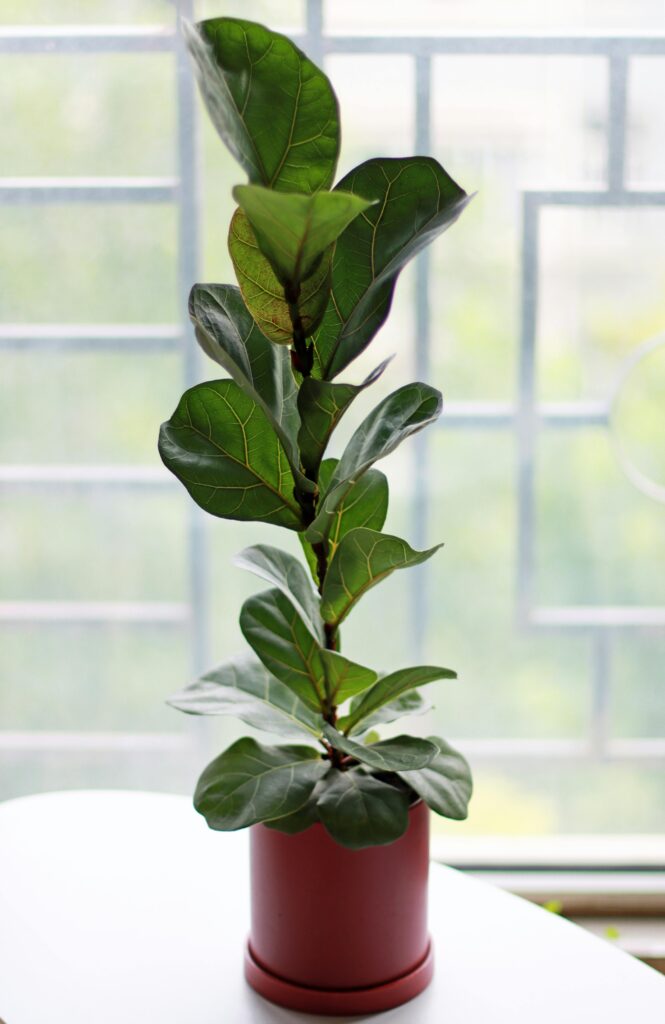
Fiddle leaf figs can grow quite tall, often reaching heights of up to 10 feet indoors if given the right conditions. Therefore, it’s important to choose a location that accommodates their potential growth. Ensure there is enough vertical space for the plant to grow upward without hitting the ceiling or other obstacles. Additionally, provide ample horizontal space around the plant to allow its broad leaves to spread naturally. Crowding the plant can lead to poor air circulation and an increased risk of pests and diseases. A spacious area not only promotes healthy houseplant growth but also showcases the fiddle leaf fig’s striking appearance as a focal point in your living space. Regularly assessing and adjusting the placement as your plant grows will help maintain its health and aesthetic appeal.
Proper Fiddle Leaf Fig Care
Watering Schedule
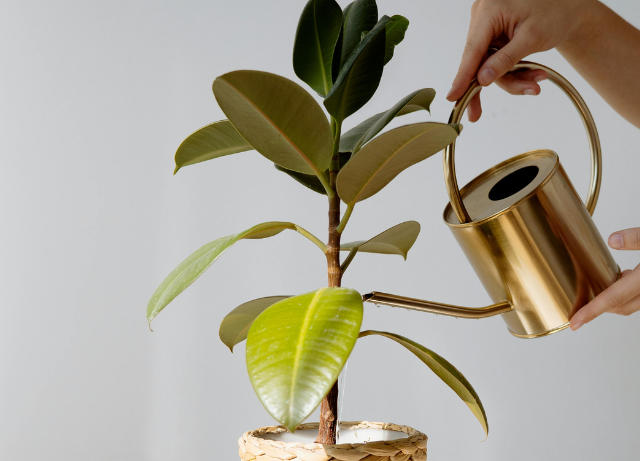
Establishing an appropriate watering schedule is vital for successful fiddle leaf fig care. These plants prefer a moderate watering routine, where the soil is allowed to dry out slightly between waterings. Overwatering can lead to root rot, while underwatering can cause leaf drop and poor growth. A useful guideline is to water your fiddle leaf fig when the top inch of soil feels dry. This typically translates to watering every 1-2 weeks, depending on your home’s humidity and temperature levels. Ensure the pot has good drainage to prevent water from accumulating at the bottom, which can also cause root issues. Consistency is key; try to water your plant at the same time each week to create a stable environment. Monitoring and adjusting your watering habits as needed will foster healthy houseplant growth and keep your fiddle leaf fig thriving.
Soil and Fertilizer
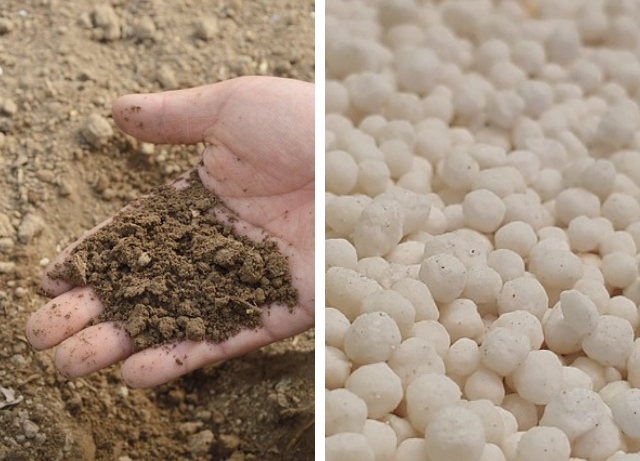
Choosing the right soil and fertilizer is essential for optimal fiddle leaf fig care. Fiddle leaf figs thrive in well-draining, aerated soil. A high-quality potting mix that includes components like peat moss, pine bark, and perlite is ideal. This mix ensures good drainage and prevents the roots from sitting in water, which can lead to root rot.
Fertilizing your fiddle leaf fig is also important to support its growth. During the growing season, which typically spans from spring through early fall, use a balanced, water-soluble fertilizer every four to six weeks. A fertilizer with an N-P-K ratio of 3-1-2 is often recommended for fiddle leaf figs. Be careful not to over-fertilize, as it can lead to salt accumulation and harm the plant. By providing the right soil and fertilization regimen, you can promote robust houseplant growth and keep your fiddle leaf fig healthy and vibrant.
Pruning and Maintenance
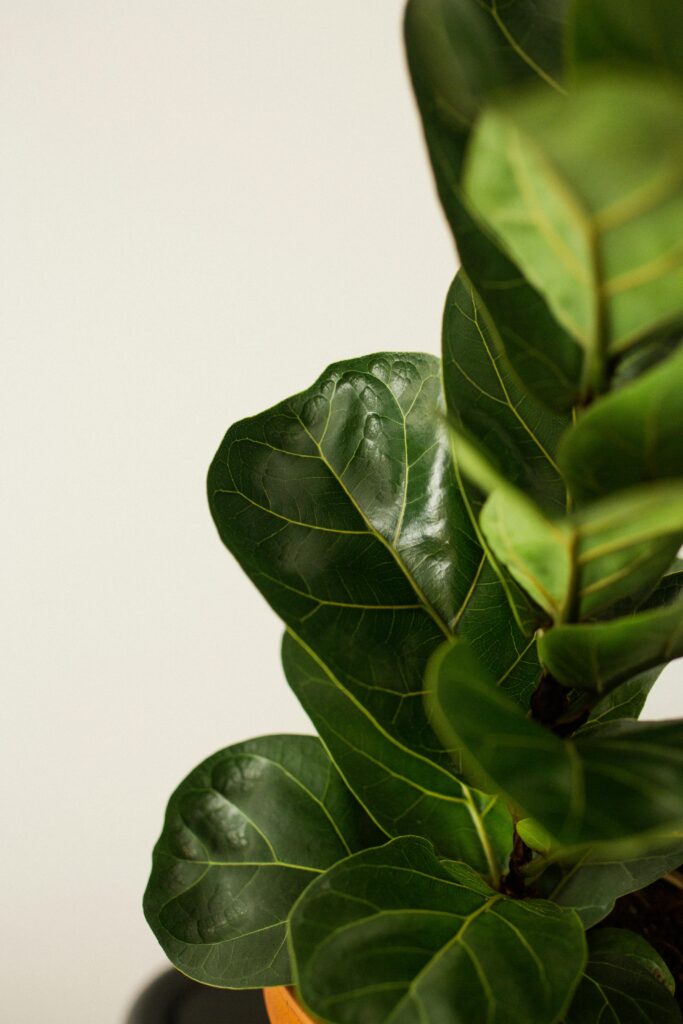
Pruning and regular maintenance are key aspects of fiddle leaf fig care that ensure healthy growth and an attractive appearance. Pruning helps to shape the plant, encourage new growth, and remove any dead or damaged leaves. The best time to prune is during the growing season, from spring to early fall. Use clean, sharp pruning shears to make precise cuts just above a leaf node to stimulate new growth.
In addition to pruning, regular maintenance tasks include cleaning the leaves to remove dust and improve light absorption. Every few weeks, softly clean the leaves using a damp cloth. Check for pests such as spider mites and mealybugs, and treat any infestations promptly with insecticidal soap or neem oil. By incorporating these pruning and maintenance practices, you can enhance your fiddle leaf fig’s health and aesthetic appeal, contributing to successful indoor plant care.

